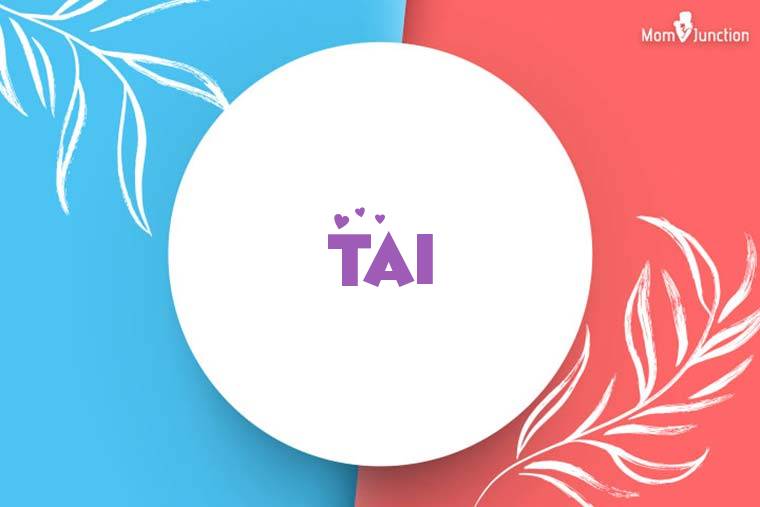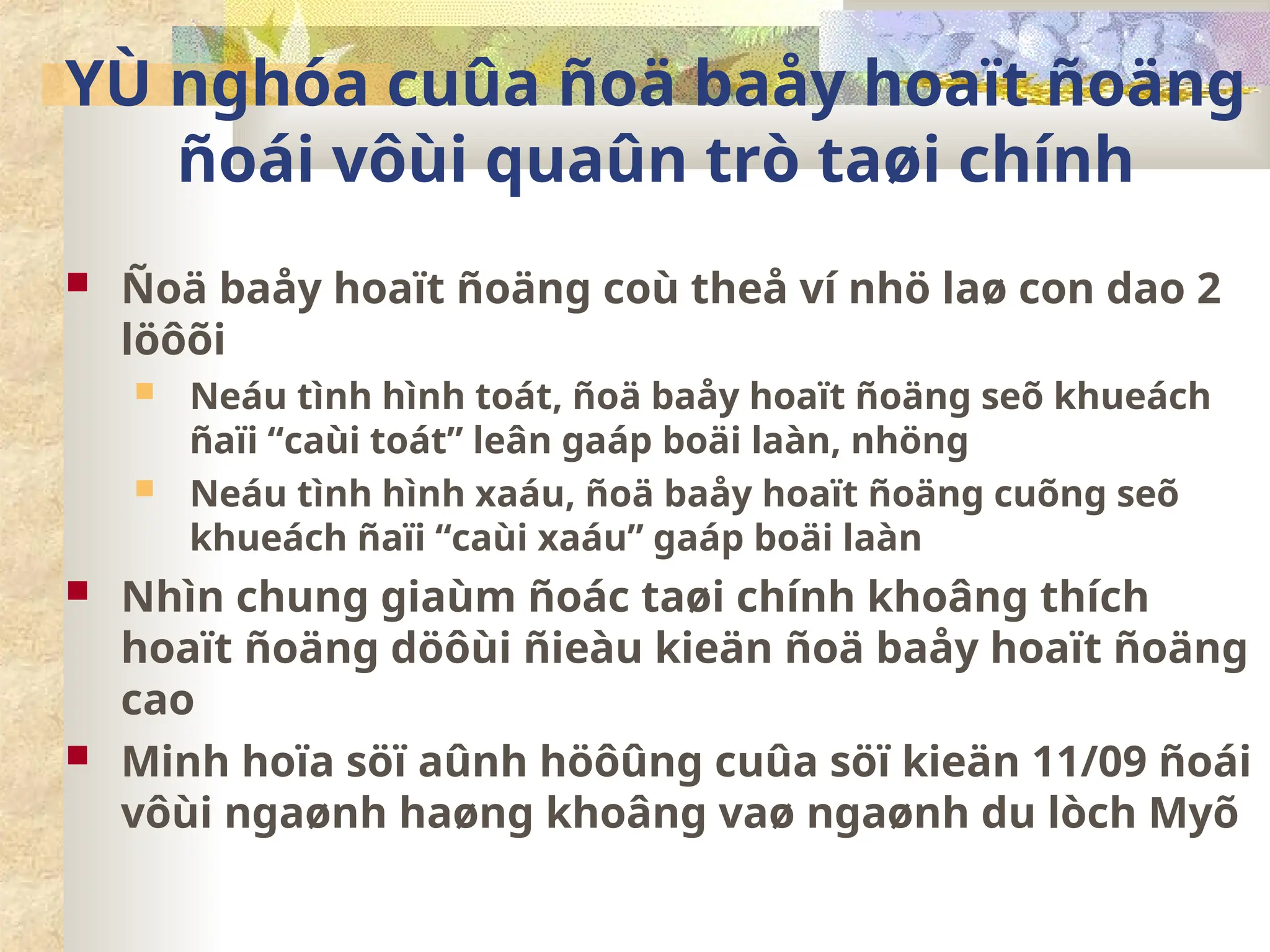Tai Chi Walk: An Easy Beginners Guide for All Ages
As a service to our readers, Harvard Health Publishing provides access to our library of archived content. By approaching exercise not just as a calorie-burning task but as a way to connect with your body, Tai Chi can help you stay consistent, motivated, and balanced over the long term. It works best when it becomes a regular, mindful habit rather than an occasional activity. A moderate-paced Tai Chi session can burn between 200–300 calories per hour, depending on intensity and duration. While that’s less than high-impact workouts, its low-impact nature makes it easy to practice regularly — and long-term consistency is key for weight management. Volume discounts reward long-term commitment while reducing monthly costs.
{ |}
|}
Even just improving heart function to a greater level than usual can be a benefit, even if you are already experiencing cardiac ailments. Whether you’re drawn to flowing movements, meditation, or stress relief, understanding Tai Chi vs Yoga for beginners will help you choose the right practice. Tai chi combines deep breathing and meditation to lower cortisol levels and help relaxation. It cultivates mental clarity and emotional resilience through deliberate, meditative movement. Engage in slow, flowing movements while focusing on your breath and the sensations in your body.

That’s important because many drugs used to treat sleep problems can make older adults groggy and more likely to experience a fall. A study in Sleep found that seniors who practiced Tai Chi Chih (a modified form of the activity) experienced more improvements in their sleep habits than seniors who took classes on good sleep hygiene. When you are pregnant, you can gain many benefits from meditative movements like tai chi and qi gong.
Lifting weights https://finance.yahoo.com/news/madmuscles-review-fitness-trends-2025-120000890.html or doing bodyweight exercises 2–3 times per week helps build muscle, which in turn increases your resting metabolic rate. Tai Chi’s focus on posture and joint mobility can enhance your strength workouts by improving form. Tai Chi originated as a martial art but evolved into a holistic practice for health, balance, and inner calm. It consists of sequences of deliberate, graceful movements — such as White Crane Spreads Its Wings or Parting the Wild Horse’s Mane — that are performed slowly, with attention to posture, alignment, and breath. When most people think about weight loss, they picture sweaty cardio sessions or intense strength training.
Free Healthbeat Signup
The recurring revenue allows instructors to add new content, maintain communities, and provide ongoing student support. Subscriptions typically cost $20-60 monthly depending on content depth and instructor credentials. Quality varies wildly across Udemy’s open marketplace—that’s the trade-off for low prices. Some courses deliver professional instruction with clear progressions, while others feel like amateur recordings with poor audio and confusing explanations. Student reviews help separate the gems from the duds, but you’re still rolling the dice on instructor credibility.
{ |}
|}
An Island Escape Taught Me That True Balance Lives Between Quiet Moments and Bold Exploration
If you’re new to tai chi, consider attending a class or working with an instructor to reduce your risk of injury. Tai chi is very accessible and is lower impact than many other forms of exercise. The researchers found it to be safe and inexpensive, so it may be a good option if you are otherwise healthy and experiencing stress-related anxiety. While online videos are helpful as an introduction to the practice of tai chi, it is highly recommended to learn from a qualified instructor who can personally correct your form and ensure proper technique. Having personalized feedback will help you to avoid developing bad habits and greatly enhance your progress.

Tai Chi for Seniors: Improve Your Physical and Mental Health With This Gentle Form of Exercise
- Finally, we must acknowledge the thousands of participants in Tai Chi studies worldwide.
- These warm-up movements are followed by postures that exercise different parts of the body, from the chest and torso to the hips, legs and feet.
- Tai Chi is not just a physical exercise but also a form of meditation, and focusing on the mind-body connection is key to achieving Tai Chi’s benefits.
- Several small studies suggest that tai chi can significantly impact the chronic pain that people experience with specific conditions, such as osteoarthritis of the knee and fibromyalgia.
- Chang San Feng’s original sequence of movements was said to have consisted of 13 postures.
- As always, individuals should check with their doctor before starting any new exercise routine.
{
|}{
|}
{
|}
As you progress, you may discover that you want to have longer sessions or practice more often. For example, you may stand up straighter, or you may think about the movements and engage your core muscles if you have to reach for something. The movements may also be effective for treating pain from osteoporosis and fibromyalgia. As well, tai chi is good for a bad back because it can restore mobility to the spine without jarring movements. Similarly, it can help with sciatica by increasing hamstring flexibility and improving your core strength.
Start with the Basics
One of the best things about tai chi is that you can experience all of these health perks without a large investment in special equipment. Plus, you don’t need to have excellent coordination or strength to get started. That adaptability is one reason why this practice is good exercise for seniors who may have physical limitations. The routines were not designed to burn calories or raise your heart rate.
{
Best Free and Paid Online Tai Chi Courses for Beginners
|}
Incorporate gentle stretches into your Seated Tai Chi routine to improve flexibility and relieve muscle tension. Focus on stretching different muscle groups, such as the neck, shoulders, arms, and legs. Remember to breathe deeply and never force a stretch beyond your comfort level.
{
Fitting Tai Chi Into a Weight Loss Plan
|}
The National Center for Complementary and Integrative Health (NCCIH) notes that practicing tai chi may help improve balance and prevent falls in older adults and those with Parkinson’s disease. Student testimonials provide insight into teaching effectiveness beyond formal credentials. “My balance improved significantly after three months” carries more weight than “This program changed my life.” Video testimonials allow you to assess whether students demonstrate proper form and understanding. Tai Chi Foundation free content includes theoretical articles and demonstration videos that supplement physical practice.
This martial art is an ancient Chinese tradition that has evolved over centuries. We know you may be skeptical, but we’ll give you a nice and easy introduction to the benefits of tai chi. This can be a helpful guide for creative new ways to fit stretching and exercise into your everyday activities, no matter how hectic your schedule. This could be as simple as stretching in your office while taking a 10-minute break or setting aside an hour of solitude for a more extensive workout. It may seem challenging to try something new, but really, it’s as easy as breathing and stretching.
Remember to start slowly, wear appropriate clothing, and provide yourself with enough space to move freely. Tai chi is meant to be a gentle and meditative exercise that promotes harmony between mind and body. Daily practice develops a positive mental outlook, respect for oneself and others, self discipline, self confidence, concentration skills, emotional balance, and it improves one’s overall quality of life.
To help you get the most out of the mind-body practice, pros are sharing all the must-have information about Tai Chi for beginners. If you’re comfortable venturing out, consider joining a local class or workshop. This will provide you with face-to-face guidance from an experienced instructor. One of the most helpful things to focus on in the beginning is finding a balance between relaxation and support, being neither too tense nor too loose in your body. “There is freeness within the form, but also form within the freeness,” Dr. Ng says.